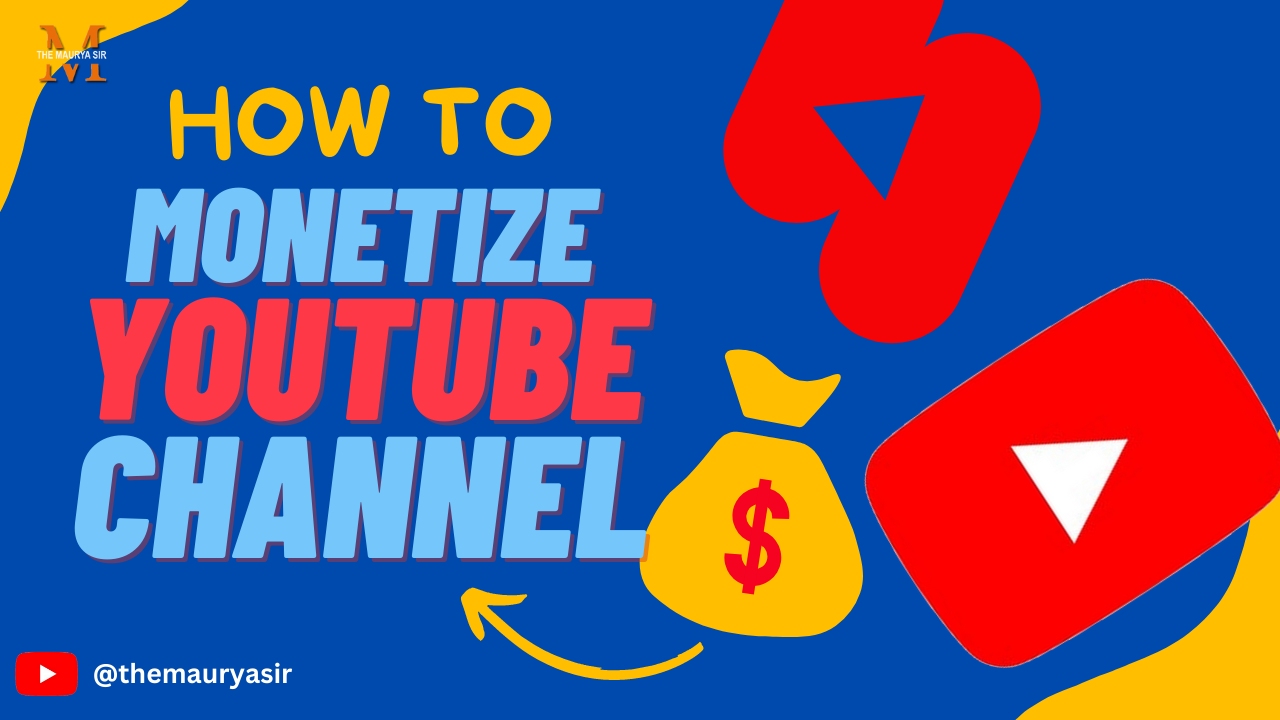Determining whether a channel gets paid, especially on platforms like YouTube, can be an important task for content creators, marketers, and viewers alike. Understanding the monetization status of a channel helps in assessing its credibility, partnership opportunities, or simply gauging the success of the creator. There are several indicators and methods to find out if a channel is earning revenue through its content.
The most straightforward way to know if a channel gets paid is by looking for ads on its videos. On platforms such as YouTube, monetized channels display advertisements before or during their videos. These ads generate income based on views and clicks. If you frequently see skippable or non-skippable ads when watching videos from a particular channel, it is likely that the creator has enabled monetization through Google AdSense or similar programs.
Another indicator involves checking for sponsorships and branded content within the videos themselves. Many creators supplement their earnings by partnering with brands to promote products or services directly in their content. If you notice mentions of companies, product placements, discount codes exclusive to viewers of that channel, or verbal endorsements during the video’s runtime, these are signs that the channel is generating revenue beyond just ad impressions.
Additionally, some channels provide links to merchandise stores or crowdfunding platforms like Patreon in their video descriptions or about sections. This suggests alternative streams of income where fans can financially support the creator either by purchasing branded goods or donating monthly contributions in exchange for perks.
For those seeking more concrete evidence regarding payment status without relying solely on visible clues within videos and descriptions, there are third-party websites and tools designed to estimate earnings based on public data such as view counts and engagement metrics. Websites like Social Blade offer approximations of How to find YouTube is monetised channel may earn monthly or annually based on average CPM (cost per thousand views) rates combined with subscriber numbers and video popularity trends.
It’s important to note that exact figures remain private unless disclosed by the creator themselves; therefore these estimates should be taken as rough guides rather than definitive proof of payment status.
Lastly, some creators openly discuss their monetization journey via community posts or dedicated update videos where they share milestones related to subscriber counts required for eligibility under platform policies-such as reaching 1,000 subscribers and 4,000 watch hours-which unlocks official monetization features.
In conclusion, finding out if a channel gets paid involves observing advertisements during playback; noticing sponsored segments; exploring linked merchandise stores; utilizing third-party analytic tools; and paying attention to any direct communication from creators about their financial progress online. By combining these approaches thoughtfully one can reasonably determine whether a given digital content source generates income through its audience engagement efforts.


